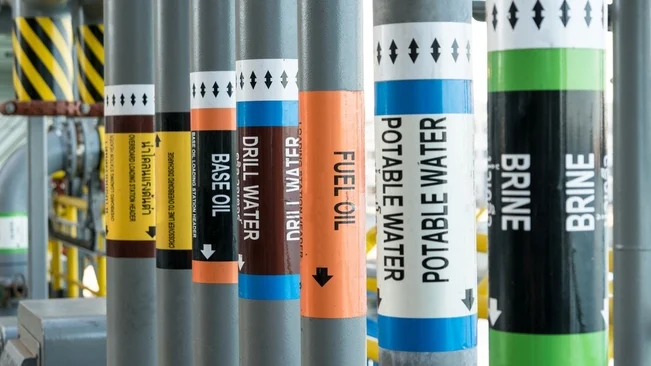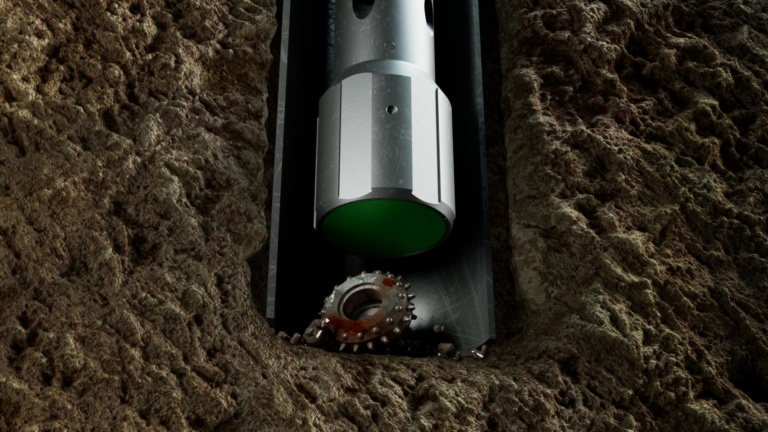Drilling fluid properties and design
It is widely known that the drilling fluid´s primary function is to keep well control and prevent an influx of formation fluid to the well causing a blowout. The mud also prevents loss to the formation by keeping the hydrostatical pressure. Not a big issue in the top sections of the well. As we approach the reservoir, however, the consequences of a loss to the formation is critical. The permeability is reduced, and the danger of emulsion is lurking in the dark.
Formation strength
The geologists do their utmost to give you exact information about the strenght/pressure in the formation. However, sometimes the pressure in the well differs from the prognoses. To take extra precautions, a LOT (Leak-Off Test), or an FIT (Formation Integrity Test), is performed. You close the BOP and increase the pressure through the string. By carefully monitoring the pump-in pressure (LOT), you verify the strength of the formation, thus how much pressure you may apply. Then it is easy to decide the mud weight.
Mud design
The mud needs to be tailored to suit the formation in question. There are different factors the mud engineer has to consider to determine the correct mud. The pressure, the temperature, the type of formations and the size of the pores being the most dominant. Oil based and water based are the most common mud types. Different weighting material is used to give the drilling fluid the desired mud weight, the most common being Barite with a specific gravity of 4.2 SG. Other minerals are also used, such as Calcium Carbonate.
When drilling through reactive formations, problems with swelling can occur. The drilling fluid needs to have inhibitive capabilities to prevent the formation to swell. This is often maintained using salt dissolved in water – brine. The most commonly used brines are KCl, NaCl, and CaCl2.
When drilling into porous formations, the mud needs to prevent loss to the formation. It is important to design the mud to optimize hole cleaning and withstand the pressure in the wellbore. A fluid with a high density contains more particles. The higher the specific gravity, the greater the tendency to form a bed of weight material. The process of which a bed of weight material is deposited on the low side of an inclined well bore is called sagging. Sag can lead to stuck pipe and well control situations.
> Read also: Keen on getting stuck pipe? Try these 5 tricks
Filter cake
When you drill and circulate, a filter cake occurs. To some extent, this is desirable to isolate formations from drill fluids. A filter cake is designed to be thin and slick to perform its task. If the mud escapes into the pores of the formation, it will leave a thick filter cake behind. A thick filter cake will in some cases make the steel casing hang against the wall, and there is an increased risk of getting differential stuck.
Design matters
The mud is essential in keeping well control. This important work is highly supervised and constantly monitored. The mud engineer is responsible on the rig for making sure the mud is within the desired specification. With regular intervals, the mud engineer checks the mud properties such as mud weight, viscosity, and inhibition.
The mud is one of the three barriers of the well bore and crucial in keeping well control and secure operational effectiveness both in drilling and while running casing. The calculation of the weight is imperative, but it is also wise to choose the right design of the mud. Especially when the geologist predicts difficult formations.
Topics: Drilling, Down Hole, TRS, mud, well control

By: Øyvind Borgen
Øyvind is Operation Supervisor at OWS Casing Department in Bergen



